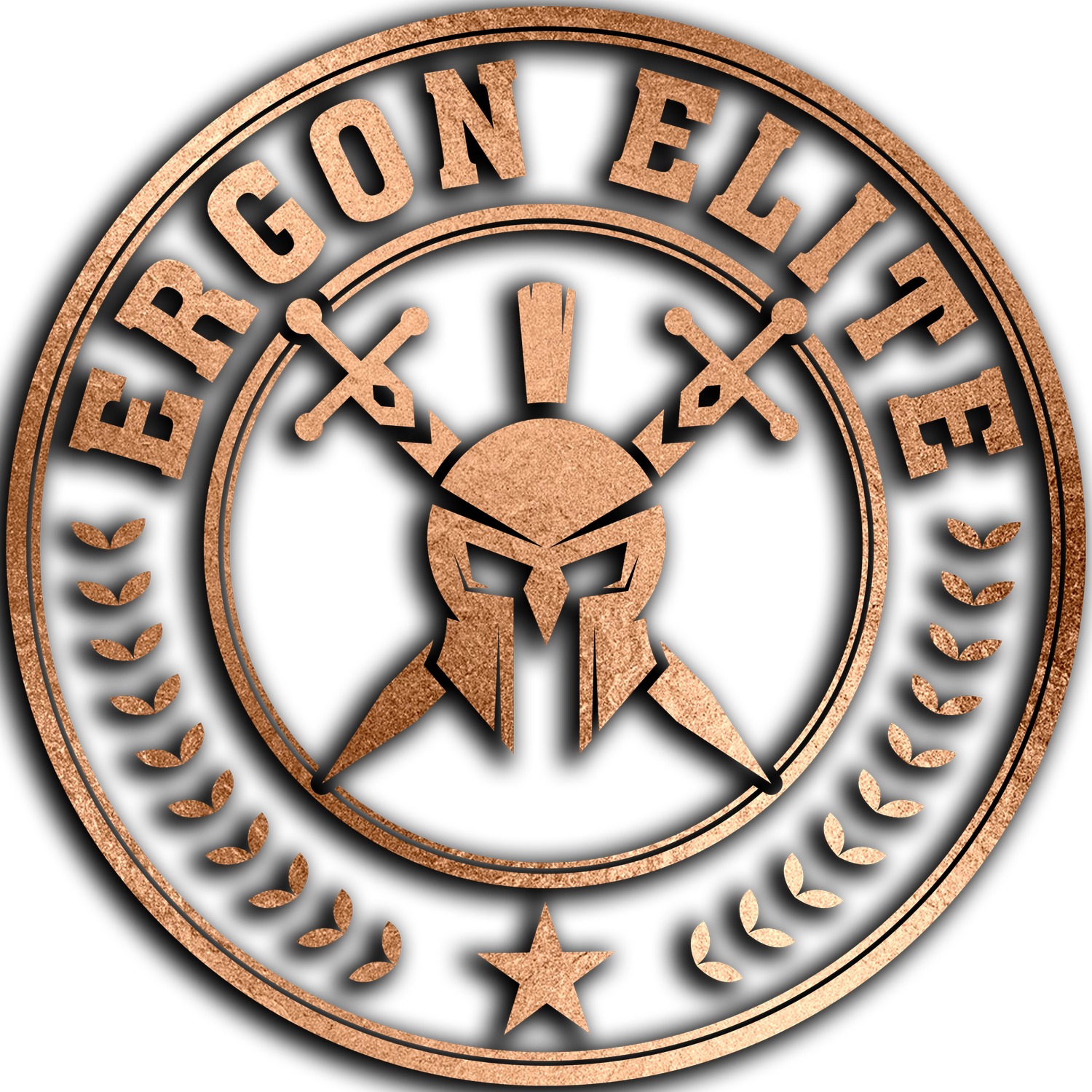From Setback to Comeback
Sarah Breyer
M.S., CSCS, CF-LV1, NCI L-1
I think it’s safe to say that in 2023, we hyper focused on everything going wrong at the moment. Inflation sent every day item prices through the roof, and our blood pressure increased right along with it. In combination with the shared experiences from COVID-19 and our continued exhaustion from all that it entailed, our society visibly crumbled under the pressure to simply survive. Gone are the days when success, happiness, and the American dream seemed within our grasp…or are they?
When everything seems dark and our dreams are gone, we are faced with two questions. The initial question is this, “Who are we without our problems?” I first became aware of this question while listening to a podcast (the exact episode escapes my mind, and I’ll probably remember it when I wake up around 2AM tomorrow morning) and it struck me as exceptionally profound. If we set aside our flaws, the cracks in our armor, and the circumstances that brought us here, we are stripped of our excuses and left only with what is, and who we are at the very core of our being.
Without delving too deeply into the complexity of human beings, I have concluded the following: we are a combination of facts, fiction, and fate. Facts, such as our eye color and height can only be modified to a certain degree and if left untouched, will remain the same. Fate, unlike the concept of destiny, is what I define as the circumstances we experienced outside of our control or foresight (i.e. any situation that happened to us, and not because of us). And lastly, fiction. Fiction can be based historically, but is often far from the truth. We allow fiction to exist through the lies we tell ourselves either to alleviate discomfort, or to keep us from success. What we are left with is the opportunity to choose our actions wisely when life throws the unexpected our way, and to clear our head of the lies that circulate and cause us to stumble.
The Lies In Our Heads
You might be tempted to stop reading right there and say, “Oh come on, surely it’s not as simple as that”, and you’d be correct. Life is complicated, messy, and there is a LOT of gray area in various realms. But there is no denying that untruths exist, and they are pervasive in our minds. For example, in talking to a friend, we may perceive that they are disappointed in us due to the tone of their voice or their choice of words. From that singular experience, we begin to build a case in our minds against that friend, and to refute what they supposedly meant by vigorously compiling evidence. But what if said friend was actually struggling through difficulties of their own, and phrased their conversation in a way that was perceived as a threat, when in reality, their own challenges clouded their ability to speak with clarity, and a misunderstanding ensued?
Instead of tumbling down the rabbit hole of negativity, irritation, frustration, and all the other “ations” that are involved in conflict, wouldn’t it be easier to just ask better questions to find the truth? A catchy phrase about assumptions sums up the situation described above quite easily, “Assumptions make an ass out of you and me.” The endgame to destroying the fiction in our minds is to ask good questions to gain clarity, separate the emotions from the experience, and to stick to the truth as a guiding principle aiding our ability to act wisely.
What does this have to do with setbacks and comebacks?
By this point, if you’re still reading, you're probably wondering, where is this even going, and will it eventually connect to the title? Bear with me, succinctness has never been a strong suit, as I take after my father who has been known to be fairly verbose. This brings us to our second question, “How do I turn a setback into a comeback?”. Great question, glad you asked! The drawn out verbiage ends here, and below is a little step-by-step guide to give you ideas on how to do just that. The caveat being, you have to think critically to apply each of these principles to fit your own circumstances, current location in your wellness journey, and your goals.
Step One:
Determine your situation - grab a piece of paper and a pen, and actually sit down to write out where you are currently, and the situation in which you find yourself.
EXAMPLE:
I am 42 years old, I’m a businessman, I work long hours, I feel burnt out, I have many stressors such as finances that don’t match up, my job demands much of my attention, and my fitness has long been gone. I’m at a loss for how to take control of my life.
Step Two:
Understand your previous experiences - continue by writing a small historical essay on the fated scenarios that have brought you to your current circumstances.
EXAMPLE:
Since 2020 I’ve been working to keep up with inflation, and though our budget is largely the same, we are saving less and spending more. Because of this, my coping mechanism has been to spend more time at the office, less time elsewhere, and now I feel out of shape, out of touch with my family, and disconnected from my dreams.
Step Three:
Determine your choices and their effects - where have you compromised on your values, and how can you work towards bringing them in alignment with your goals?
EXAMPLE:
Spending more time at work has left no margin for health, and now I find myself overweight, unmotivated, and discouraged. My family hasn’t been my focus, though they are the reason why I work so hard, and there needs to be a change soon to reclaim the connections that have disintegrated.
Step Four:
Identify the lowest hanging fruit - how can you begin to transform your life, one small step at a time to solve little problems that add up to big concerns?
EXAMPLE:
I’ve relied on “creature comforts” to make me feel better about my life, and it has resulted in a sedentary lifestyle and extra expenditure that we don’t have. If we reduced the number of streaming networks at our disposal, and reduced that cost, we could allocate funds towards participating in what could propel us as a family towards health and wellbeing.
Step Five:
Create a plan of action - goals without progress through decisions are simply dreams that will never come to pass. Your task is to create an A-B game plan that will eventually get you from A-Z.
EXAMPLE:
This week I will terminate our Netflix subscription, and begin to search for a nearby gym to investigate. Next week, I will help the wife clean out our pantry so together we can decide on which foods will propel us towards health, and I will take action on the gym I researched by starting a membership. The third week this month I will make appointments with myself to go to the gym, and view these as mandatory to my health and wellbeing, so as to not cancel or make concessions. The final week, I will sit down with my family for dinner, and we will discuss how this past month has progressed, and in what ways we can move forward next month.
Step Six:
C is for Consistency - In order for a goal to be attainable, the habits must be sustainable. Because life is constantly in flux, our main task is to learn how to adapt.
EXAMPLE:
I canceled our Netflix subscription, but my daughter decided to sign up for her school’s volleyball team, so now a new expense has presented itself, and we will need to cut back our budget to accommodate. Our grocery bill could be less, because we have decided as a family to consume fewer processed foods, so after evaluation, we can make room for the new financial obligation and now our budget is sustainable and our goals attainable.
Step Seven:
The final step is twofold - to approach life with an abundance versus scarcity mindset, and to reflect on your progress and use it to give you inspiration to dream big for the future.
EXAMPLE:
Our family eats together two dinners per night because I’m able to condense my workload on those days to truly prioritize my family. I have made a commitment to my gym community to show up 4 days a week before I go to work, and I am now keeping my promise with myself to get fit. Each day I adhere to these habits propels me towards long-term goals, and gives me hope for the future.
To summarize and conclude.
Life is hard, but only as defeating as you allow it to be. We cannot control what happens to us, but we CAN control how we respond. Simply put, setbacks become comebacks when we decide to rise again. No matter how many times we fall from grace, God, others, and fail ourselves, we can know for sure that as long as we determine to never give up, we can never be called a failure.
Take hope, my friends, there are greater things ahead than any we leave behind (to quote C.S. Lewis).

